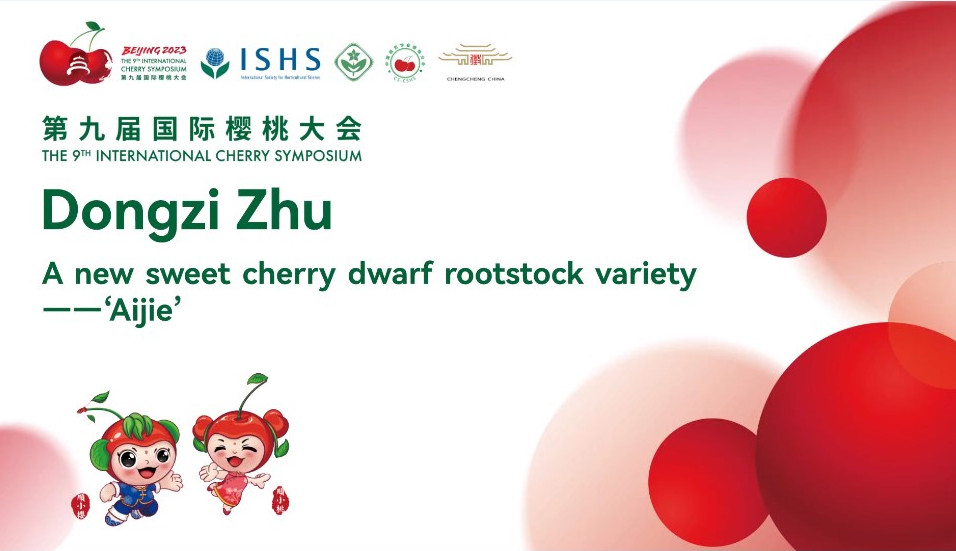Cherry farmers are planning to apply the lessons learned in 2023 as they look to the future.
According to Matt Whiting, a fruit tree expert at Washington State University, last year's management laid the groundwork for a good harvest season this year. The experience of a tough market emphasized the importance of properly managing the crop load, aiming to yield high-quality fruit.
Whiting advised farmers to view crop load management as an extended process, starting from bud formation in spring to the end of the summer harvest season, divided in a 15-month process. Along this journey, farmers have various opportunities to intervene and improve crop quality.
In spring, as trees begin to form buds for the following year's harvest, intervention is possible using gibberellic acid to inhibit excessive floral bud formation. However, this method carries risks as many variables can influence its success, such as weather and pollination conditions.

Another critical intervention point is during winter dormancy, when pruning can be done to remove excess flowering sites. This practice is effective but requires care and attention.
During flowering, farmers must assess the current fruit set and decide whether to intervene to reduce overbearing. Methods like chemical or physical thinning can be used, but it's crucial to carefully assess the starting point to avoid excessive flower removal.
After flowering, farmers can continue to manage crop load by using plant growth regulators or thinning excess fruit.
Farmers share their experiences and techniques to address the challenges of crop load management. For instance, some prefer aggressive pruning or the application of gibberellic acid to yield high-quality fruit. Others resort to physical or chemical thinning practices to manage fruit set.
In conclusion, farmers are constantly seeking ways to improve their crop load management practices to yield high-quality fruit and tackle agricultural market challenges.
Read the full article: Good Fruit Grower
Image: Good Fruit Grower
Cherry Times - All rights reserved











